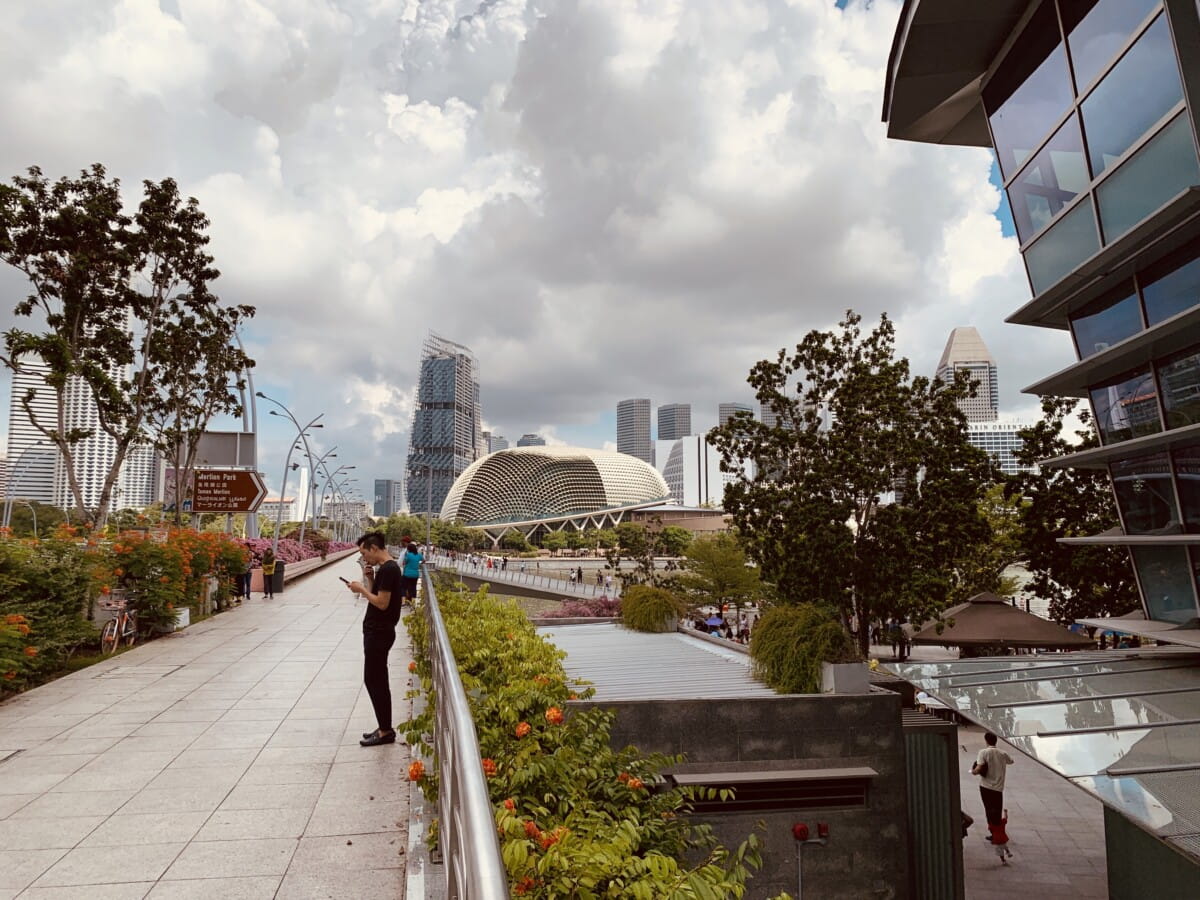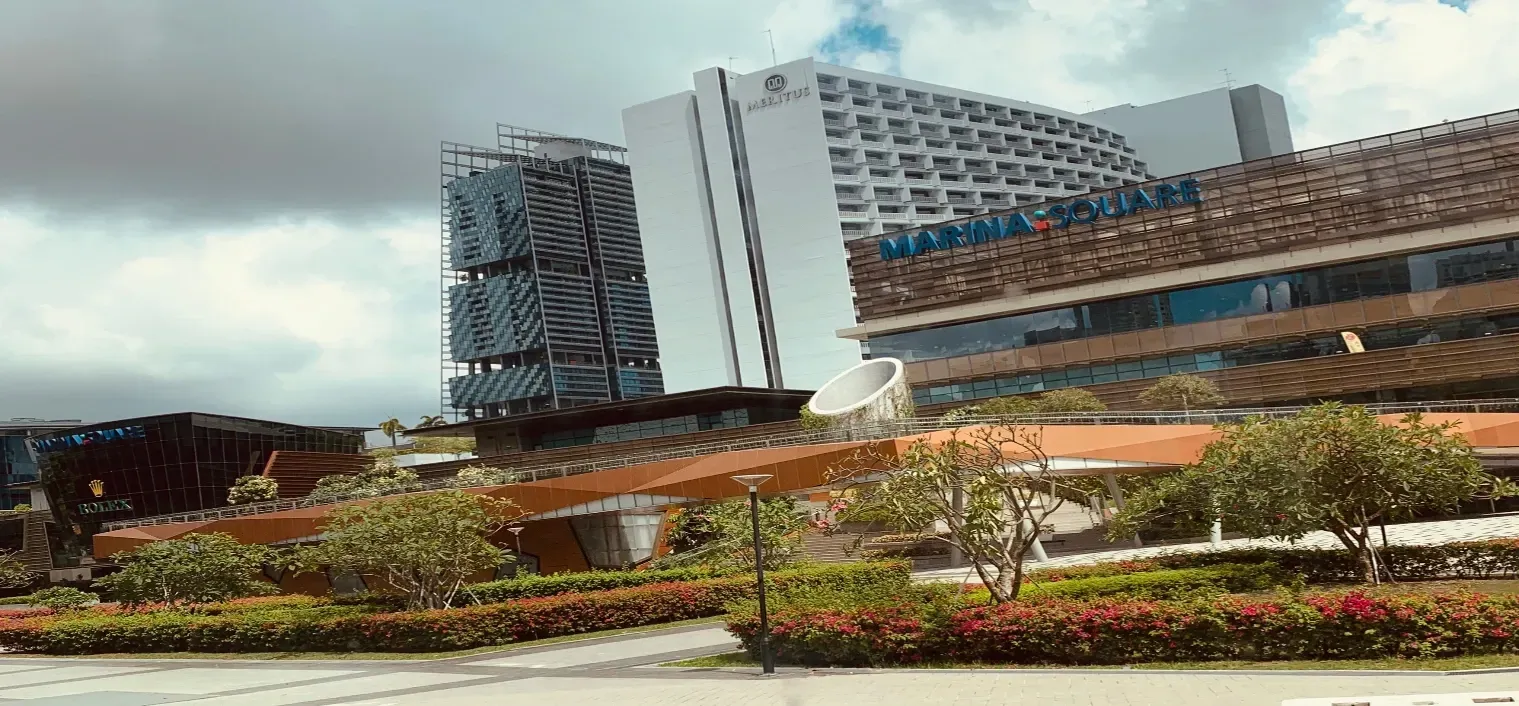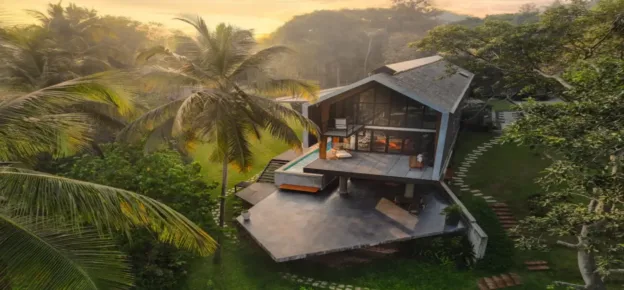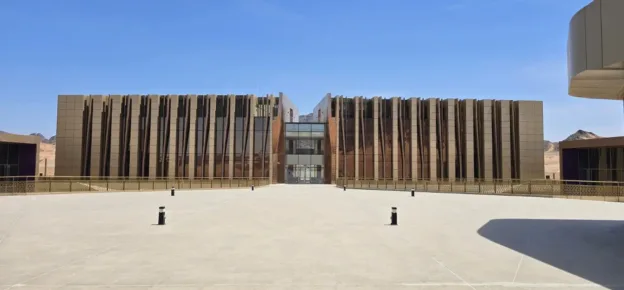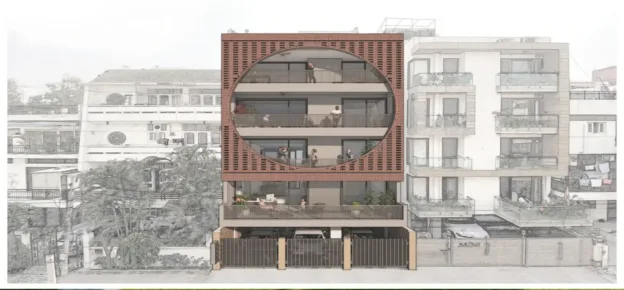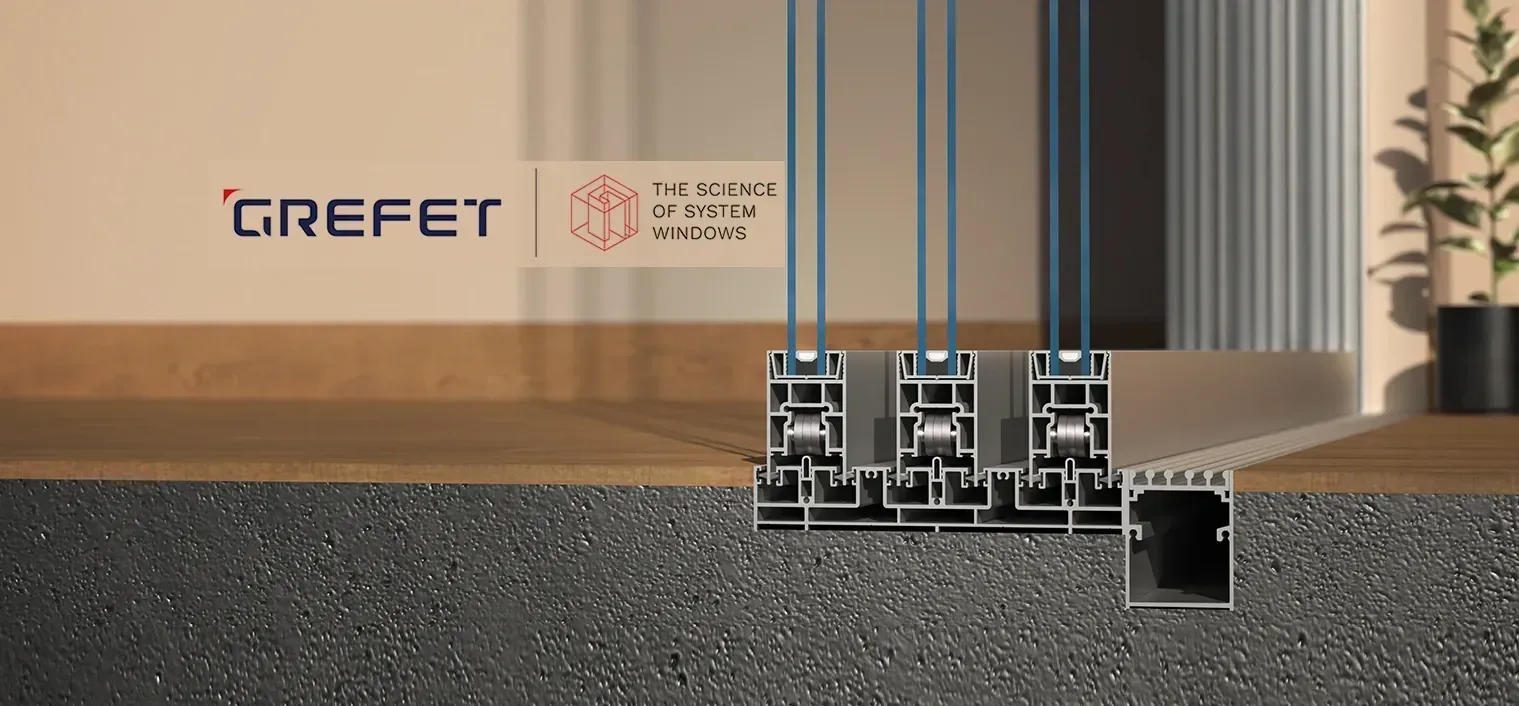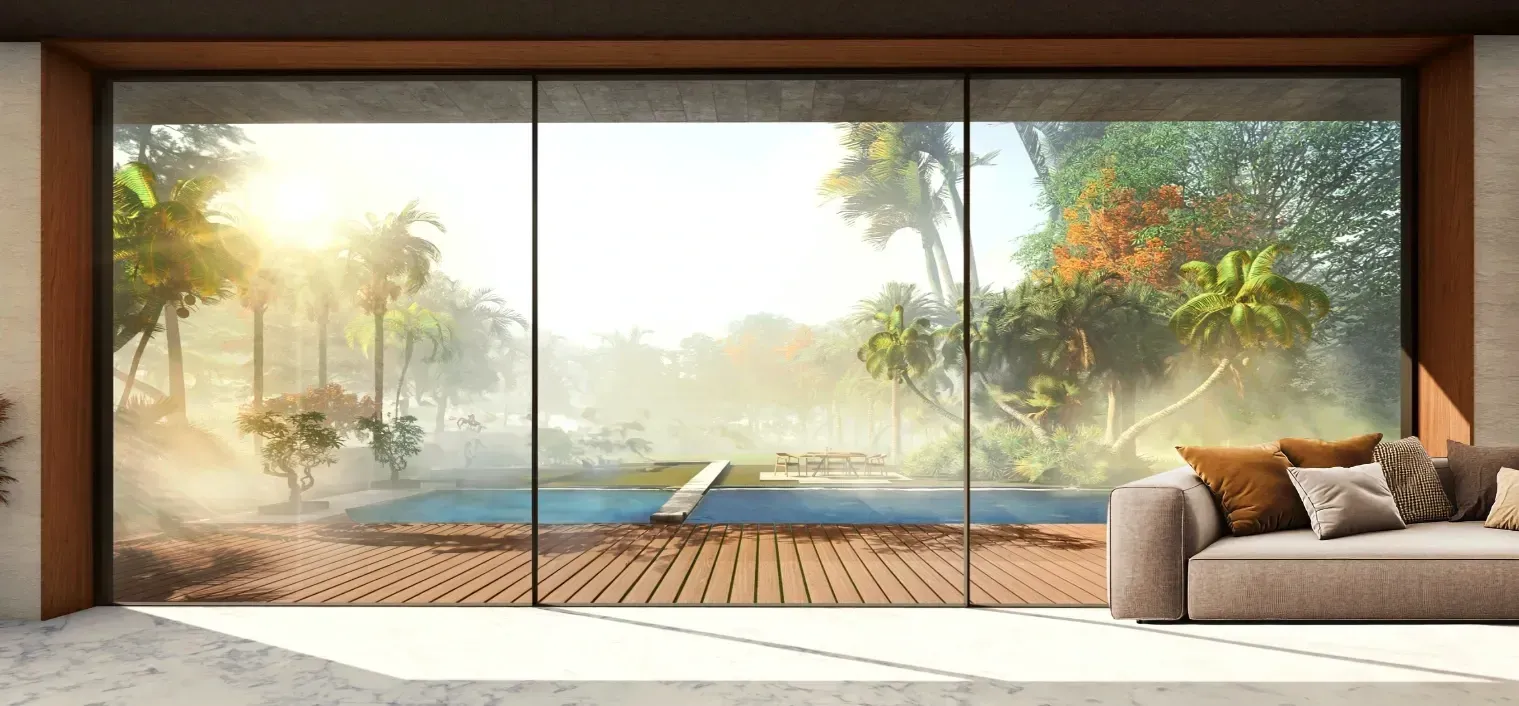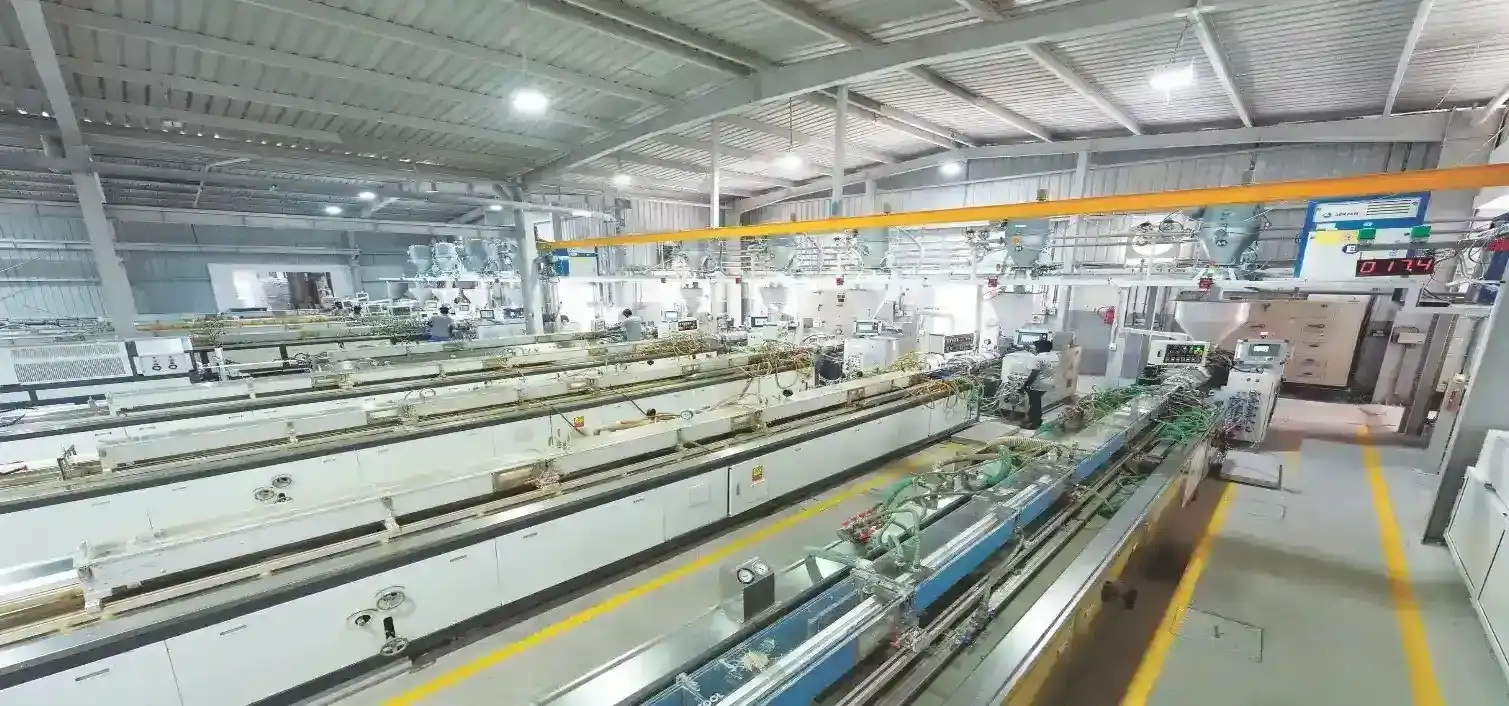Singapore, under its Green Building Masterplan, between 2008 and 2022, the authorities launched initiatives and programs to encourage, incentivise and mandate green building development and retrofitting. In 2022, Singapore laid the foundation for its strategic action plan of increasing energy efficiency through building façades, retrofitting of existing buildings and promoting new sustainable building designs. The aim is to achieve 40% energy efficiency for existing buildings by retrofitting and an additional 15% improvement in building operations.
Driven with a clear focus on sustainability and Singapore authorities promoted the use of façades not only as a skin to cover the building for climatic protection, but also that promote natural ventilation, passive cooling and some of them even inspired by biophilic designs that ensured minimisation of energy consumption, thereby improving the overall environmental performance. The strategic use of green walls as well as roofs, along with the use of lightweight concrete façades with airgaps and bringing the biophilic principles that make buildings breathe while introducing nature to urban space, must be credited for the optimal performance that the buildings can achieve.

The Singapore Green Plan 2030 And Projects That Inspire
The authorities under the Singapore Green Plan 2030 seek to optimise greening up to 80% of buildings, amongst other strategies for ensuring closer to Net Zero efficiency. The idea is driven by the mission to ensure, creation of green, liveable and sustainable habitats. The Super Low Energy (SLE) building façades were strategised on a combination of passive and active design strategies, including maximising natural ventilation, daylighting, and greening, alongside the integration of renewable energy and smart energy management.
Art Science Museum, Singapore, designed by Architect Moshie Safdie, holds a prominent position in the strategic location of Marina Bay. The massive, varied height 10-petal lotus-shaped structure is an iconic landmark that appears to float over the base of a lily pond. The façade is developed through the smart use of double curved Fibre Reinforced Polymer (FRP) skin, giving the structure a seamless surface and a sustainable, maintenance-free solution.
The South Beach Consortium project by Sir Norman Foster is a unique example of the retrofitting that achieves sustainability through design intervention. The project stands as a twin tower amalgamating the function of an Office tower (towards North) and a Hotel with a Residential block (towards South) connected through lower-level podiums that serve a variety of spaces, such as cafés, restaurants, while connecting with public plazas. The unique profile of the façade tilts back to capture and direct the direction of low-flow prevailing breezes, creating comfort at the pedestrian street levels. The design of the canopy is scooped up to direct the wind towards the façade. The project is woven to protect the pedestrian spine of movement unhindered and protected with large canopies that shelter the walkways as a green avenue, while directing the prevailing breezes towards the ground. The intervention is subservient to harness the potential of the site by creating an ambience that soothes the journey of the passerby.

The Capita Green project of Singapore, by Toyo Ito Architects, stands as testimonial evidence of being the greenest office building project. The building can capture the cool air and channel it through the core of the building. The strategic positioning of wind scoops integrated with the façade and roof design ensures internal ventilation and thereby reduction of the building heat load. The addition of pause points in the tower in the form of pocket terraces, double skin façades, vertical greens, and building automation systems to ensure energy efficiency in a combination creates the sustainable solution.
Keppel Bay Tower is a landmark project for its remarkable achievement of being the first Green Mark Platinum (Zero Energy) commercial building. It has been able to achieve this through the implementation of a series of strategies that include the significant role of the mart façade, which contributes to the overall reduction in energy consumption. With the use of Building Integrated Photovoltaics, it is able to conserve around 100,000 kWh of energy yearly. The use of building automated mechanised controls from façades to draw in natural draft of air, the building is able to reduce the burden on the air handling units and energy required for the circulation of the air inside the building. With façade-linked sensors that control and operate the optimise the use of lighting systems, the building is able to efficiently regulate the energy consumption. The exposed glazed façades are protected with appropriate sun shades that allow the light while cutting down the glare and heat from entering the building.
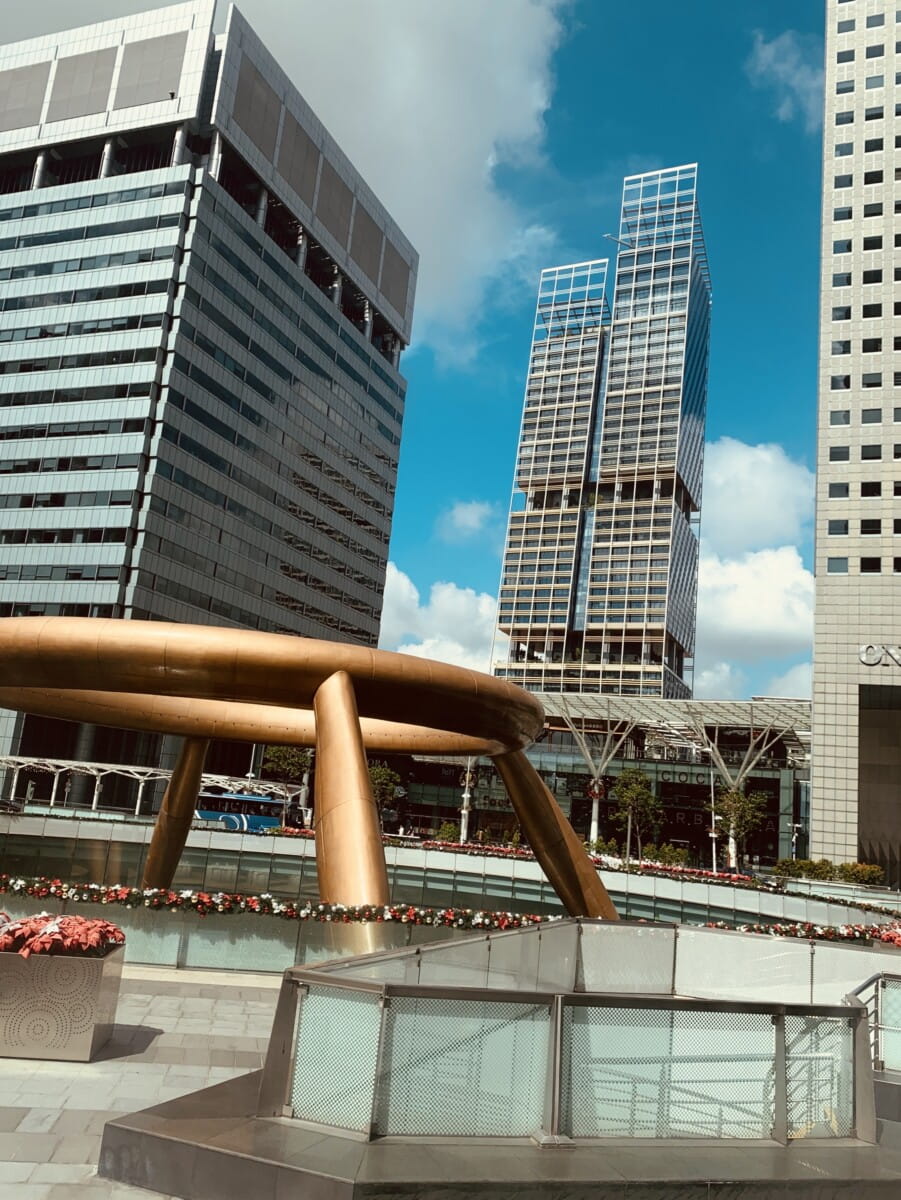
Green Design And Façades Of The Future
The challenge of achieving a combination of beauty with sensibility can be achieved by combining the art of design and sustainability logic. The examples from Singapore have demonstrated ways to achieve this through sensitive interventions. These interventions are not just for the projects that are on the design desks alone; existing buildings, through smart and appropriate retrofitting strategies, can bring about the change and create the ambience that is eco-sensitive and energy efficient. The advent of advanced technologies that integrate building façades with artificial intelligence-based real-time data analytics that help in computing and maintaining the desired indoor environments while optimising energy and resource management is the need of the hour and the future of building design technology. The use of electrochromic glazing has revolutionised the façade design concepts that now permit a desirable amount of light while maintaining exterior views without the threat of interior space heating up.
A conclusive lesson to take up from the projects is as follows:
- The ways to optimise the use of natural ventilation and passive cooling techniques by strategic orientation to collect natural breezes while minimising solar heat gain.
- Use of Green walls and roofs, which contribute to improving buildings’ thermal performance as well as reducing the overall heat island effect while enhancing the air quality.
- Smart use of fibre-reinforced polymer panels, as well as the use of precast lightweight concrete façade walls that provide superior thermal insulation.
- Adding the element of porosity and allowing the building to breathe, as a strategic application of biophilic design principles.
- Use of upcycled materials and finishes, keeping in view the circular economy.
The strategic planning, design, and integration of technology can contribute significantly to changing the future of building design for environment-friendly architecture, through appropriate façade designs.
